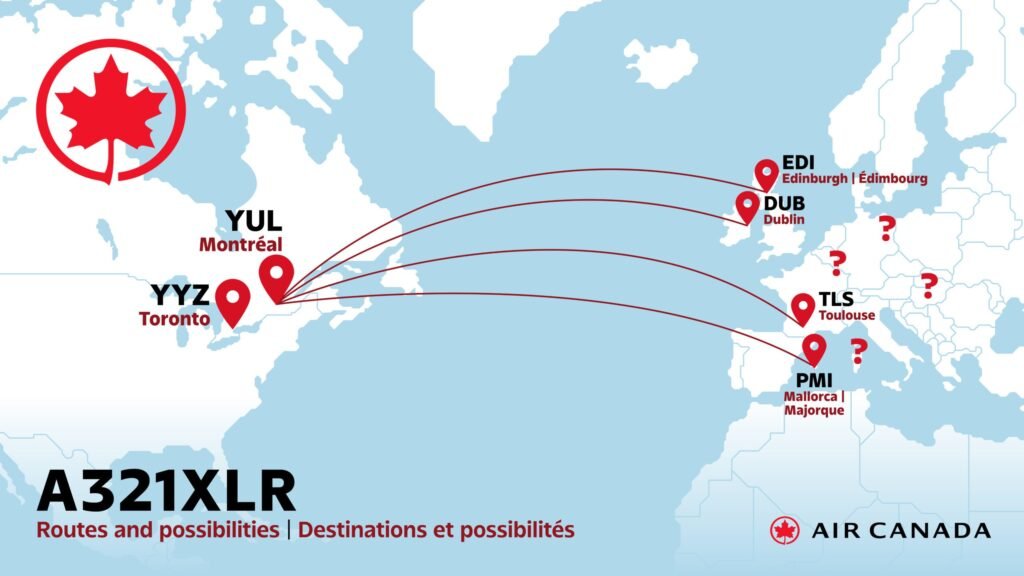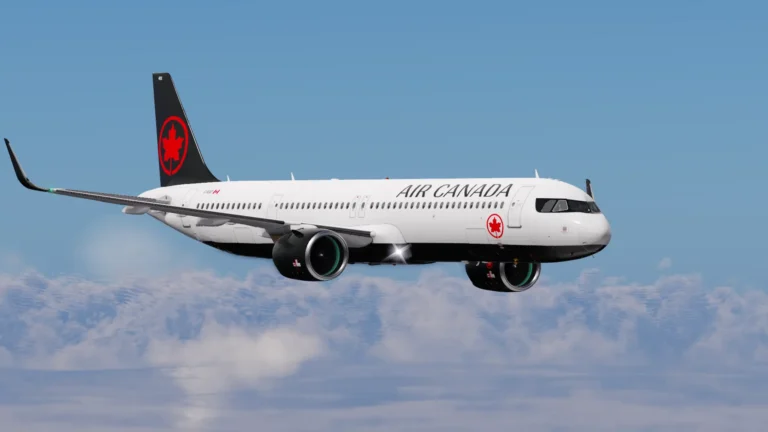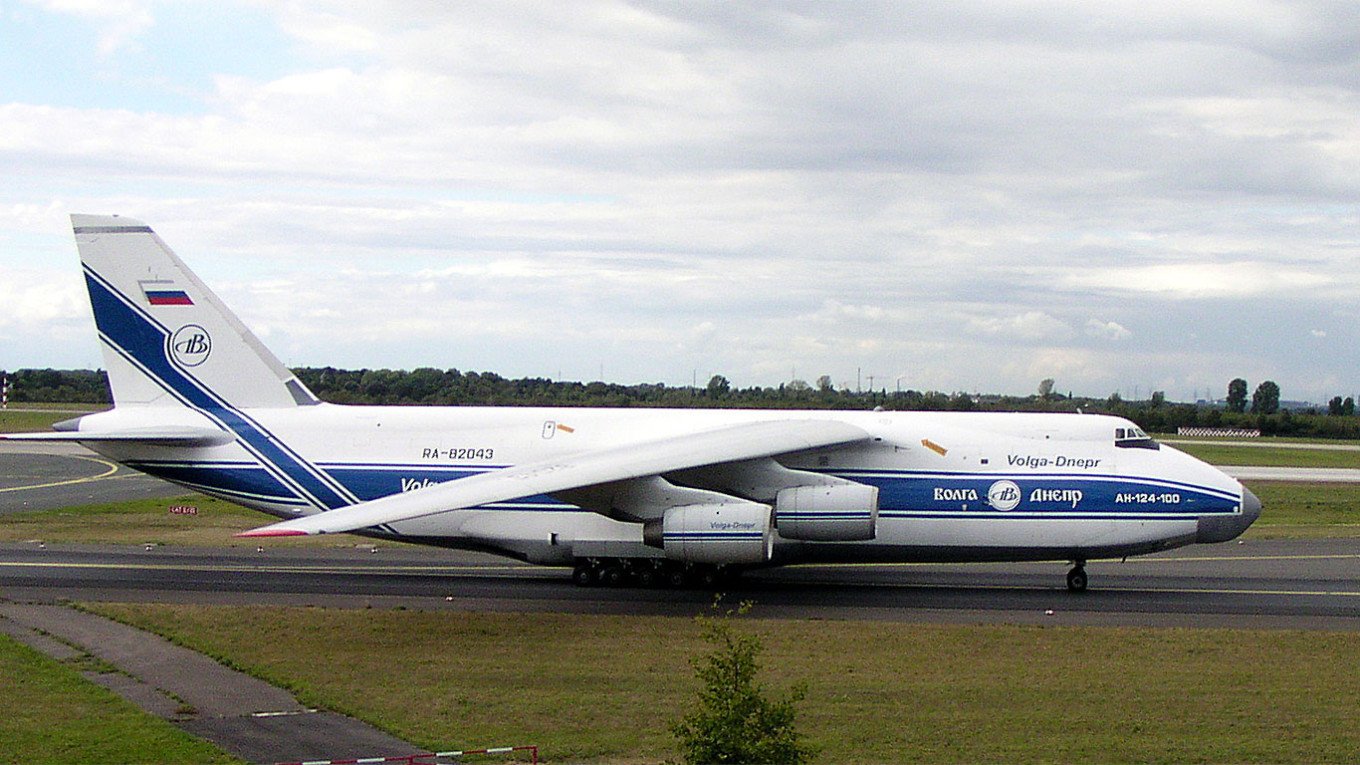Airbus A321XLR Opens New Routes and Growth Potential
The airline announced that delivery of the Air Bus A321XLR fleet begins in the first quarter of 2026. In June 2026, Air Canada will inaugurate service from Montréal to Palma de Mallorca, Spain — its first route operated with this aircraft.
The aircraft offers up to ~8,700 km range and enables non-stop flights on routes that hadn’t been viable economically before.

Cabin Experience and Fleet Strategy
Furthermore, Air Canada will introduce a new cabin standard onboard the A321XLR featuring lie-flat seats in Business Class and enhanced Economy Class amenities.
The airline is acquiring up to 30 of these aircraft, with options for additional units, to deploy across hubs like Toronto, Ottawa and Halifax. By leveraging these aircraft, Air Canada will replace some older wide-body deployments and unlock new route possibilities.
Impacts on Network and Competitive Position
Because the A321XLR combines narrow-body economics with wide-body range, Air Canada gains flexibility to serve medium-distance international markets profitably.
Moreover, the route from Montréal to Palma de Mallorca makes Air Canada the first Canadian carrier to serve that destination non-stop, showing its intention to expand into new European markets. This shift may challenge competitors and reposition Air Canada within the transatlantic sector.
What This Means for Passengers and the Industry
For passengers, the change means better cabin comfort, more route options and the potential for direct flights to less-served destinations starting in 2026.
For the aviation industry, it highlights how airlines increasingly rely on long-range narrow-bodies to open new markets and improve cost efficiency. Ultimately, Air Canada’s move reflects both recovery from pandemic restrictions and strategic repositioning for growth.











